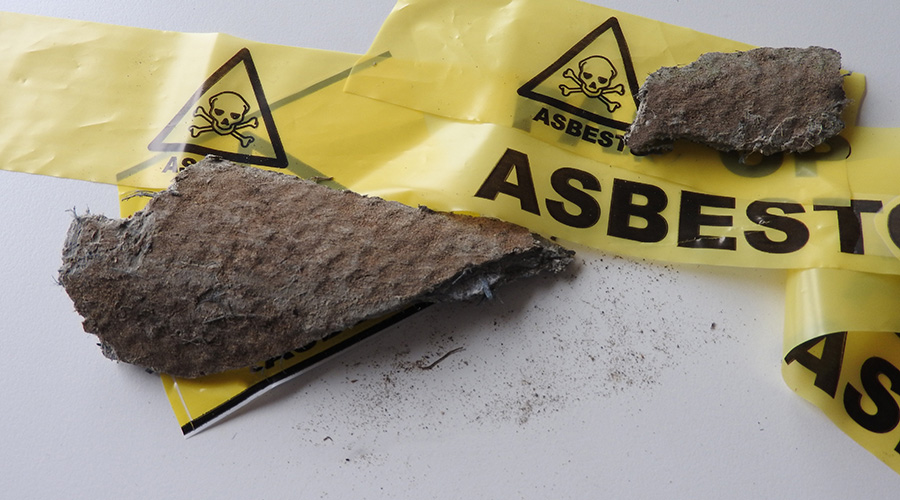EPA Proposes Stronger Ozone Rules
The U.S. Environmental Protection Agency (EPA) is proposing to strengthen the nation's air quality standards for ground-level ozone, revising the standards for the first time since 1997.
The U.S. Environmental Protection Agency (EPA) is proposing to strengthen the nation's air quality standards for ground-level ozone, revising the standards for the first time since 1997.
The proposal is based on the most recent scientific evidence about the health effects of ozone — the primary component of smog.
"Advances in science are leading to cleaner skies and healthier lives," says Stephen Johnson, EPA Administrator. "America's science is progressing and our air quality is improving. By strengthening the ozone standard, EPA is keeping our clean air momentum moving into the future."
The proposal recommends an ozone standard within a range of 0.070 to 0.075 parts per million (ppm). EPA also is taking comments on alternative standards within a range from 0.060 ppm up to the level of the current 8-hour ozone standard, which is 0.08 ppm.
Ground-level ozone is not emitted directly into the air, but is created through a reaction of nitrogen oxides and volatile organic compound emissions in the presence of sunlight. Emissions from industrial facilities, electric utilities, motor vehicle exhaust, gasoline vapors, and chemical solvents are the major man-made sources of these ozone precursors.
Since 1980, ozone levels have dropped 21 percent nationwide as EPA, states and local governments have worked together to continue to improve the nation's air.
EPA also is proposing to revise the "secondary" standard for ozone to improve protection for plants, trees and crops during the growing season. The secondary standard is based on scientific evidence indicating that exposure to even low levels of ozone can damage vegetation. EPA is proposing two alternatives for this standard: a standard that would be identical to the "primary" standard to protect public health; and a cumulative standard aimed at protecting vegetation during the growing season.
The agency will take public comment for 90 days following publication of the proposal in the Federal Register and will hold four public hearings. The hearings will be held in Los Angeles and Philadelphia on Aug. 30, and in Chicago and Houston on Sept. 5.
Related Topics:











